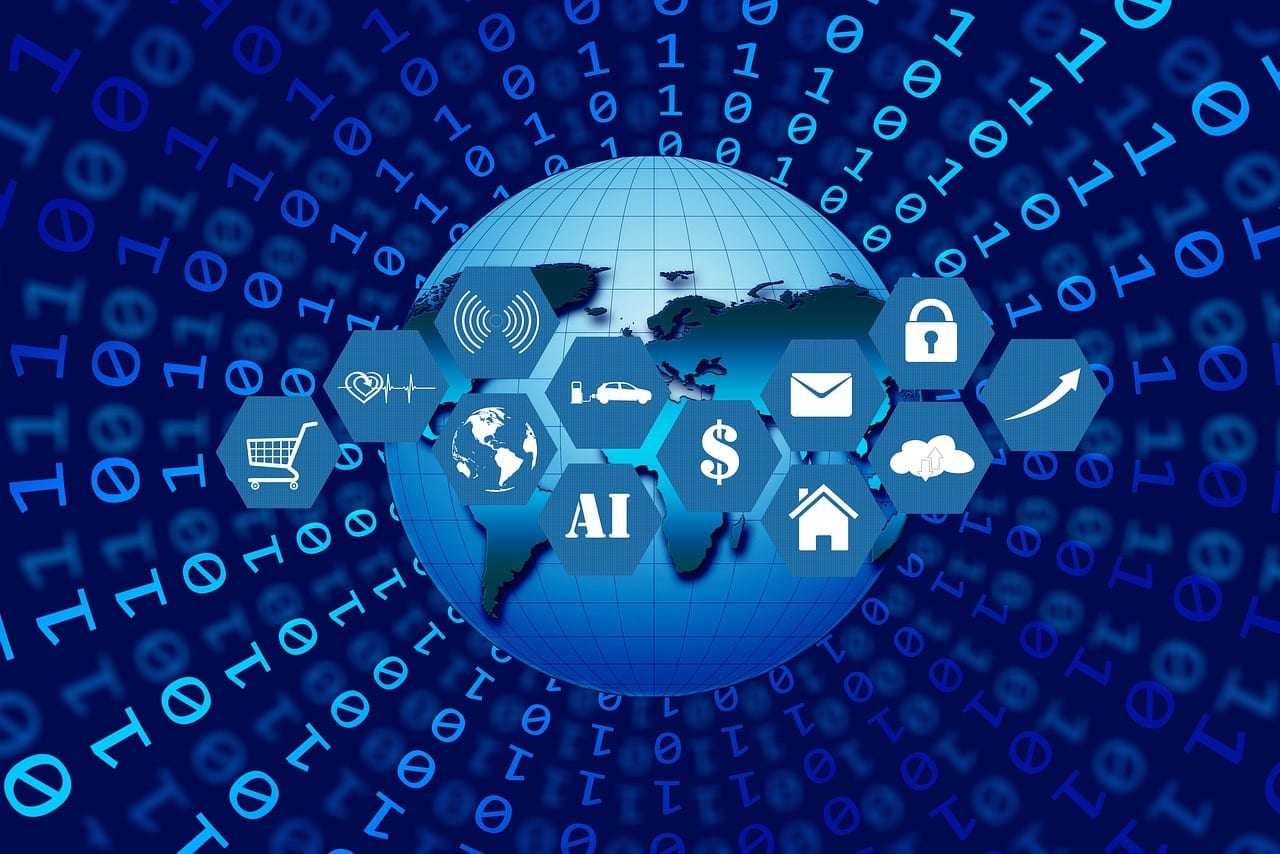
Leveraging innovation to fight trafficking in human beings: A comprehensive analysis of technology tools
Trafficking in human beings is a widespread and highly profitable crime. According to some reports, human trafficking is the third-largest criminal activity in the world, behind drug trafficking and counterfeiting. With low costs and sizable profits to be made, traffickers have a strong incentive to remain involved in this heinous crime.
At the same time, the risk to human traffickers of being identified, prosecuted and sentenced is very low. In fact, between 2015 and 2018, the global prosecution rate of traffickers decreased by 42%; in Europe it decreased by a staggering 52%. By all accounts, human traffickers operate with impunity and there is little resistance from the systems that are in place to bring them to justice.
The large divide between the high profitability of trafficking in human beings and the impunity of criminals has increased even more because of the misuse of technology by human traffickers. Perpetrators and their associates are using technology in many stages of the human trafficking crime, including recruitment, movement, control, advertising and exploitation of victims. There are numerous benefits from technology that perpetrators take advantage of, from instant and secure communication among members of a trafficking ring, to remote control of victims using GPS location apps, or receiving and moving criminal proceeds using cryptocurrency.
While human traffickers are becoming more tech-savvy and are able to use technology successfully to their advantage, the same is not necessarily true of actors responsible for combating trafficking in human beings. Some attention has been put on how to investigate technology-enabled human trafficking as a cybercrime, especially obtaining digital evidence. However, much less attention is paid — and resources allocated — to how technology can serve as a force multiplier and be used in positive ways to combat trafficking in human beings, especially in the prevention and protection contexts.
Read more here.
